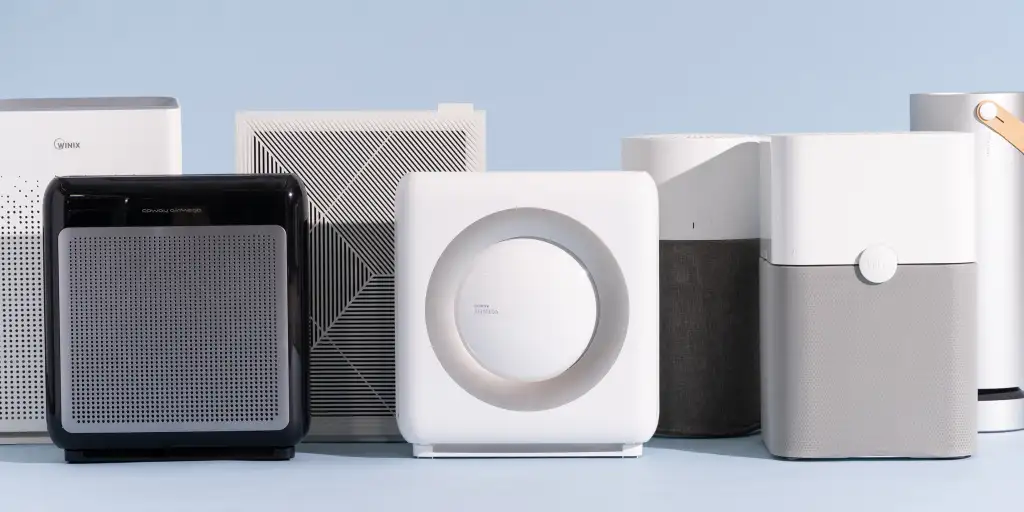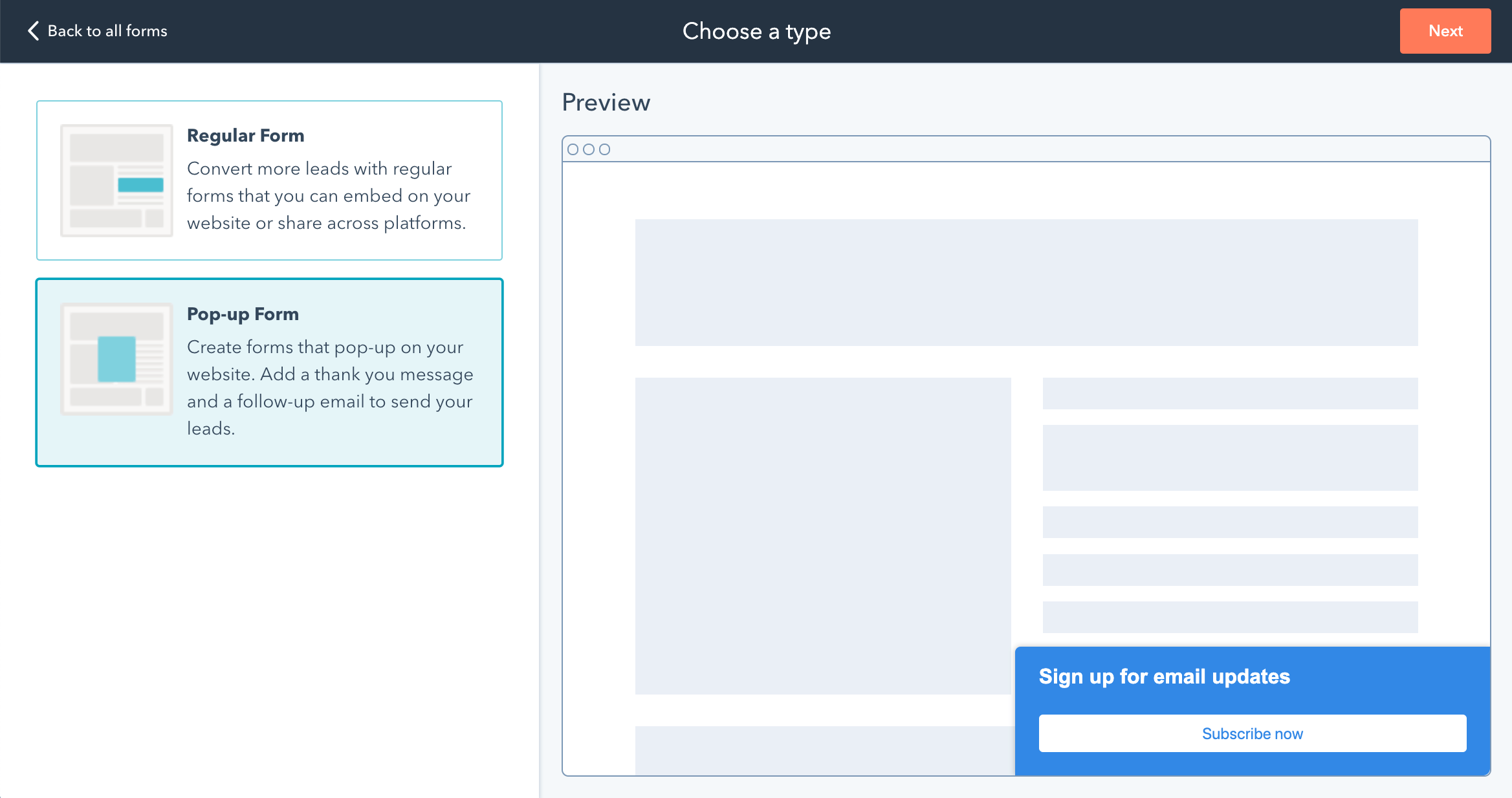Air purifiers are a straightforward, cost-effective solution to ensure the air inside of your home remains clean and healthy – but not all air purifiers are created equally.
Smart models connect seamlessly with smartphones and virtual assistants like Alexa or Google Assistant, giving you the flexibility to manage them from any location.
Control
Being able to monitor air quality remotely and manage a machine remotely makes connected models more beneficial than non-connected ones. Look for models equipped with Wi-Fi compatibility and either voice command or app functionality for this feature, enabling you to easily monitor air quality within your home, change schedule settings and receive customer support if necessary.
The top smart air purifiers use advanced technology to minimize harmful chemicals, smoke, volatile organic compounds, pollen grains and dust in your home. Their sensors also monitor changes in ambient air quality to adjust its cleaning cycle accordingly and deliver cleaner and healthier air to you and your family.
Utilize your smart air purifier’s apps to customize settings and set up a schedule system. Look for devices with an intuitive user interface and displays that clearly show current indoor air quality levels; top models may even offer auto mode that adjusts automatically according to your target air quality level and maintains it over time.
Smart air purifiers feature great benefits, including child lock and eco modes that turn off after 30 minutes of inactivity in order to conserve energy and conserve resources. In addition, many virtual assistants allow users to activate and deactivate the machine simply with voice control.
No matter which smart model you select, make sure it features a high Clean Air Delivery Rate (CADR) rating for pollen, dust and tobacco smoke removal. This indicator serves as a reliable measure of its effectiveness; for added peace of mind consider choosing one tested and certified by AHAM.
The Levoit Core 400S Air Purifier is an increasingly popular smart air purifier due to its efficiency and affordability. Wi-Fi compatible, it uses two filters to remove airborne particles (such as pet dander) from your home while its display displays an accurate PM 2.5 reading and changes colors according to air quality status in your home.
Coverage
Air purifiers filter out airborne pollutants to help ease allergies and other respiratory ailments, reduce odors and neutralize viruses like Covid-19; hence their popularity during pandemic. Air purifiers typically utilize HEPA and activated carbon filters to filter the air while some models also feature UV-C light to kill any germs or spores trapped by filters.
Coway Airmega 400S was our top pick in our review and features an LED ring that changes colors depending on air quality, providing visual updates on how clean or dirty it is in your home. Additionally, you can monitor this and other settings with its accompanying app; schedule filter replacement reminders may also be set and monitored from within this feature.
Winix 9800 air purifiers, for instance, can work seamlessly with existing Wi-Fi networks and help monitor indoor air quality in real time. Furthermore, their features can be managed remotely using either voice commands via Amazon Alexa or Google Assistant to keep you comfortable at home.
Many smart air purifiers feature an auto mode that automatically adjusts fan speeds to improve indoor air quality according to readings from an included sensor, making it particularly helpful in larger rooms that may need extra care. Some models, like Dyson’s model shown here, even go further by offering an air quality indicator and digital display of indoor air quality data.
Levoit offers another excellent smart air purifier option with their lightweight smart air purifier that makes it easy to move from room to room and find a place for it. At-home testers have raved about its effectiveness as well as ease of set-up and use. You can explore its features on Levoit’s website as well as reading user reviews; its price may be more expensive than our other recommendations, but its mix of smart home integration, performance capabilities, coverage area make this product worth every penny invested.
Efficiency
Not unlike traditional air purifiers, some smart ones come equipped with built-in sensors that monitor air quality at all times and let you monitor how clean your space is at all times. Some models even connect to Wi-Fi networks and feature app functionality; with this functionality you can track indoor and outdoor air quality using an app as well as manage device settings, schedule usage of your machine, receive notification when it’s time for filter replacement and more!
Some smarter models feature a display that lets you monitor air quality in the room and allows you to easily adjust fan speed. Furthermore, voice controls make operation simpler when away from home.
When selecting a smart air purifier, choose one with an impressive Clean Air Delivery Rate (CADR) number. This measures how quickly the unit can purify air in your space – for instance a model with a CADR of 240 is suitable for rooms up to 219 square feet.
Consider whether the smart air purifier you desire has a pre-filter, which acts as a smaller filter to capture larger particles before reaching the main filter. Some models also come equipped with carbon filters which remove odors such as those caused by smoke, pets, or cooking.
Choose a smart air purifier compatible with your home automation system for added convenience. A model equipped with voice assistant support enables your virtual helper to turn it on or off as well as adjust settings instantly upon any command from you.
Popular models integrate with Google Assistant and Amazon Alexa; some, like the IQAir HealthPro Plus, feature both. You can use Siri or any device connected with HomeKit to get information on air quality in your home, adjust settings accordingly and get notifications when its time for replacement filters – with HyperHEPA technology providing clean air quicker.
Cost
Air purifiers are essential tools for anyone suffering from allergies, asthma or other respiratory conditions. Depending on the device chosen, it may also eliminate odors or reduce chemical pollution in your home. Some models come equipped with pre-filters designed to trap large particles such as pet fur or human hair before reaching the HEPA filter; other models contain an activated carbon filter designed to capture any unpleasant odors caused by smoking, pets or cooking.
Smart air purifiers typically come equipped with advanced features for control and customization, from remote app control and voice-enabled compatibility to automatic mode activation and energy-saving settings. You can monitor real-time air quality on its screen or LED indicators and sleep modes that keep it silent – not forgetting energy saving settings that activate when they detect that no one is using it!
Consider selecting a model with an effective Clean Air Delivery Rate (CADR), which measures how quickly it can clean a room of certain dimensions. Also keep an eye on power consumption – some models use more electricity than others and consider investing in one with an automatic shutoff feature when not being used in order to reduce operating costs and energy waste.
As our top pick, the Coway Airmega 400S Smart Air Purifier stood out as an elegant solution with its modern aesthetic, three-stage HEPA system and convenient app, voice, Google Assistant and Amazon Alexa connectivity for remote monitoring and control. In our at-home tests, we found its auto turn on/off functionality particularly helpful while its Smart Mode setting could change fan speed depending on air quality levels based on air quality readings. Furthermore, its built-in sensor detects when filters need replacing easily with its mobile app keeping an accurate countdown!




